Amegaeri, the taste of the incalculable power of nature.
Welcome to Tosa. Located on the south side of the island of Shikoku, it is often associated with magnificent views of the Pacific Ocean and equally known for brooks flowing with pure water and for the verdant mountains that surround it.
Cradled in those mountains, Tosa has also long been known the birthplace of many celebrated sake.
From this region noted for its famous sake brands emerges a new name, Amegaeri.
Crowned with the name of a beautiful waterfall located upstream of the Seto river,
in turn a tributary of the Yoshino river,
it is made from rice raised on terraced rice paddies in the mountains of Tosa
and brewed using Kimoto techniques born and passed on for over a hundred years.
Made with time and care, its production is intertwined with nature and expresses its power. We hope you will enjoy it.
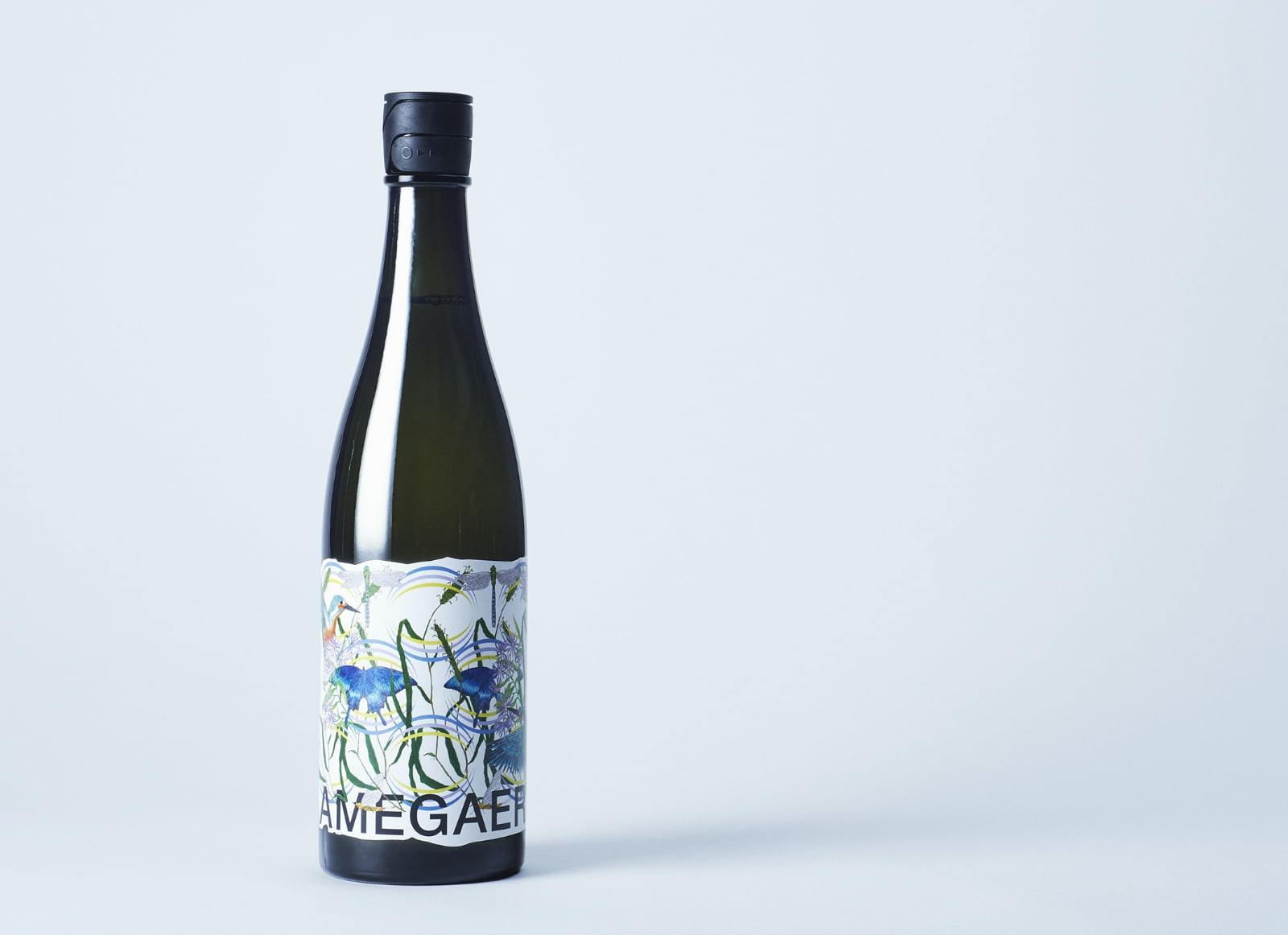
- Ingredients
- Rice (domestically produced),
koji (domestically produced) - Rice variety
- 100% Yamada Nishiki
(Kochi Prefecture grown) - Recommended
serving
temperature - 5℃~12℃
- ABV
- 16%
- Sake Meter Value
- +2.3
- Acidity
- 1.9
- Vol.
- 720ml
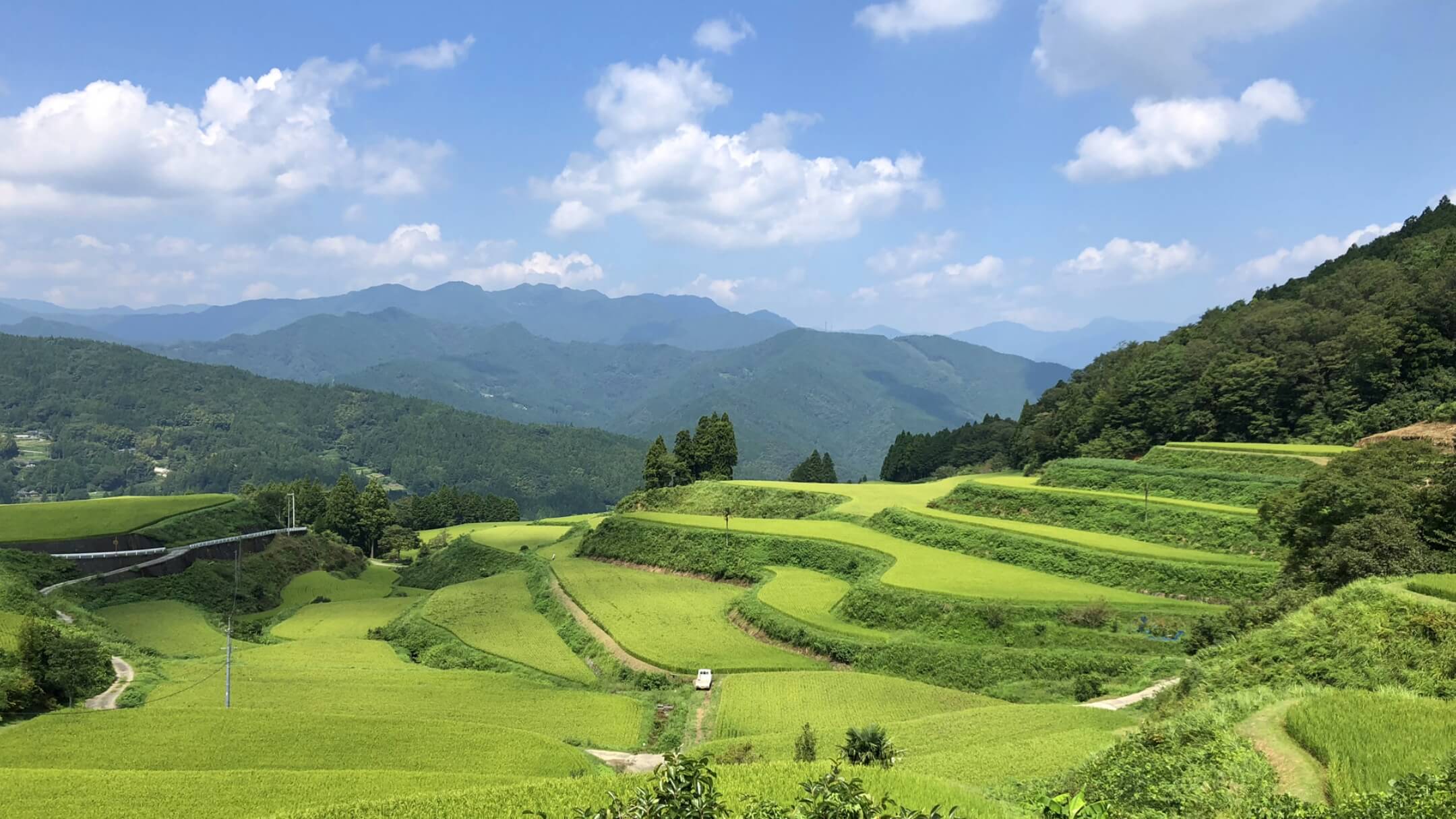
-Interview
Using the blessings of nature
to fulfil a vision of an ideal sake.
What kind of sake is Amegaeri? Cradled in the mountains of Tosa, we asked Muneki Matsumoto,
president of the Tosa Sake Brewery, about his vision for this new sake and his brewing approach,
from rice cultivation through fermentation.
Read on to find out more about the values and philosophies poured into each bottle.

Muneki Matsumoto
(Tosa Sake Brewery President)
Muneki Matsumoto is the sixth-generation president of the historic Tosa Sake Brewery, founded in 1877. Using sake rice cultivated in the Reihoku region of Tosa Prefecture, he maintains an intimate relationship with each of the growers that supply his rice, and with a focus on making sake that is interwoven with its region of origin, is constantly seeking to improve the quality both of his sake and of the rice used to make it. Since taking on the role of president, the Tosa Sake Brewery’s main brand Keigetsu has earned worldwide renown, including a string of awards at the most prestigious international sake competitions.
Kochi Prefecture, Tosa-gun, Tosa-cho, Tai 418 TEL:0887-82-0504
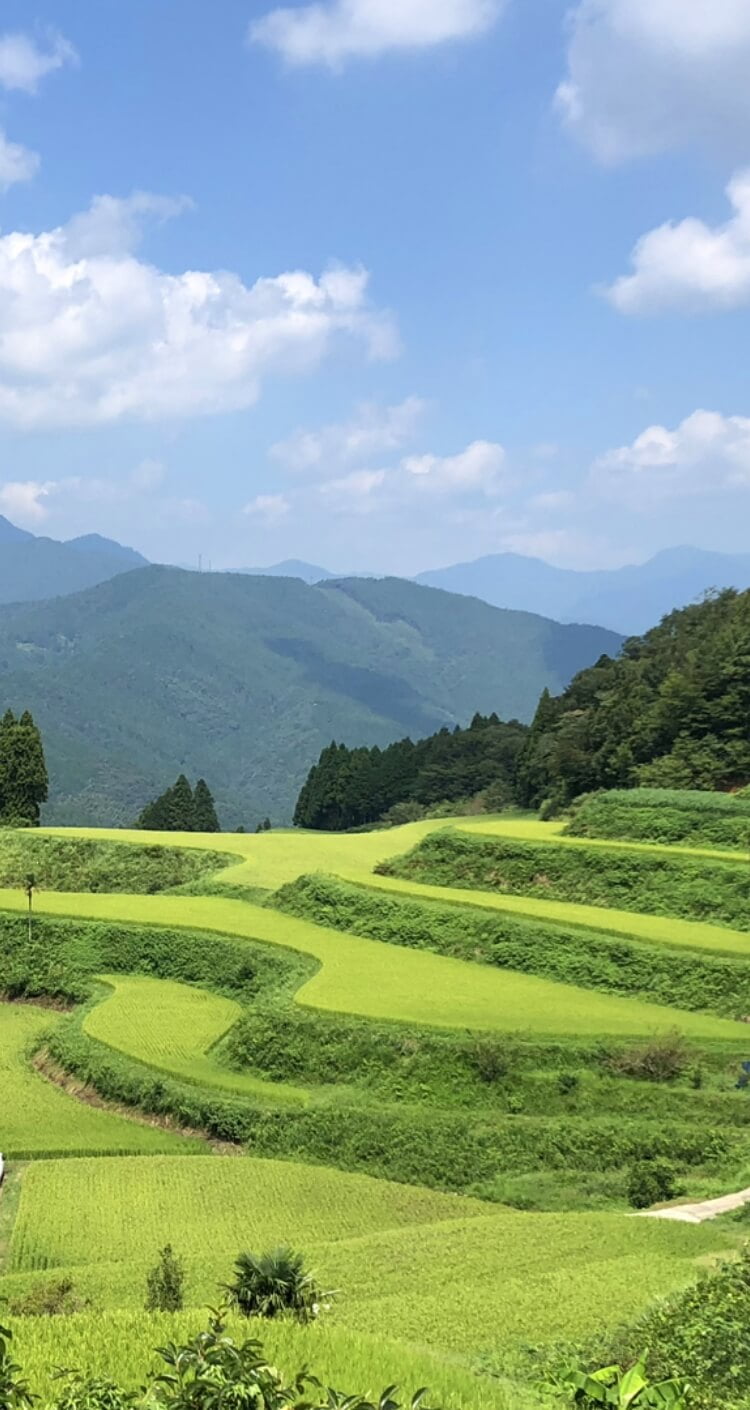
―Nature plays an influential role in the production of Amegaeri. Could you tell us more about exactly what influence nature has had on this sake?
Matsumoto: Amegaeri is made from rice cultivated in terraced rice paddies at an altitude of 400 to 650 metres. At this altitude, daytimes are warm and nights are cold. Plants need sunlight for photosynthesis, and the warm daytime temperatures mean that the plants are also getting a lot of sunlight hours, allowing them to store up reserves of energy. The cold nights also have a benefit as it provides a rest period for the rice. If the temperature is too high, the plant remains active and ends up depleting the energy that it generated during the daytime. In these rice paddies, on a fundamental level what is happening is that the rice plants are harnessing the power of nature. To improve this already excellent quality rice, only organic fertilisers are used – no synthetic chemicals.
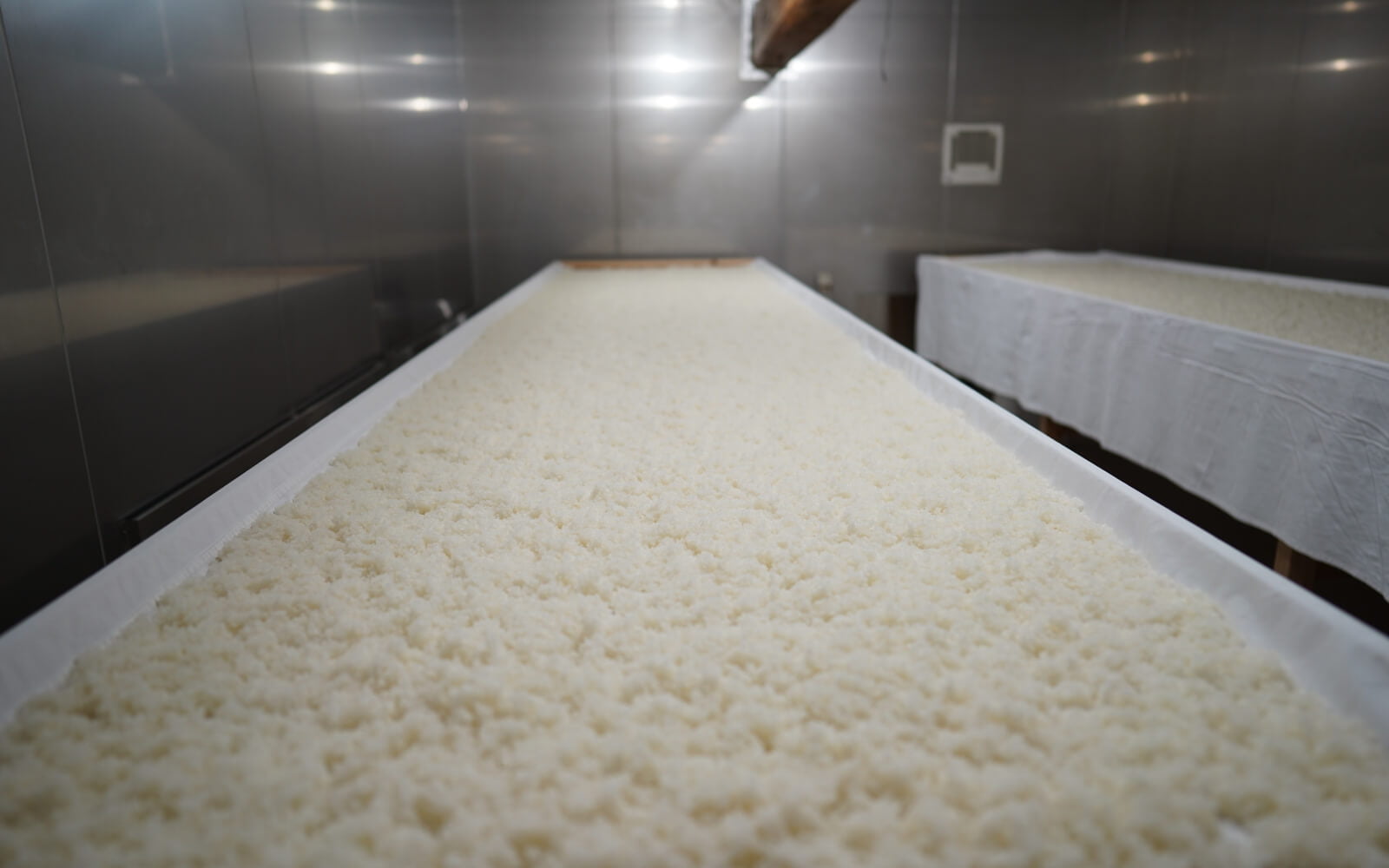
―What about during the fermentation process?
Matsumoto: The same philosophy of harnessing the power of nature applies. We are brewing using rice that has been grown without applying synthetic fertilizer, so we want to carry that ethos through in the brewing stage and turn that rice into sake in the most natural way possible. The process begins with making something called a fermentation starter, where yeast is added to rice and water and encouraged to propagate. When making the starter, there is a risk that microbes other than the yeast will also multiply, which in the worst-case scenario would completely spoil the starter – to prevent this an acidic environment must be created, where the yeast can survive but other microbes cannot. The common modern-day approach to this is to add synthetically produced lactic acid to the fermentation starter before adding the yeast, creating the necessary acidic environment. The yeast population can then be multiplied in safety in a process that takes about two weeks and is known as “sokujo”. For Amegaeri, however, the fermentation starter doesn’t rely on synthetically produced lactic acid – instead, the lactic acid is produced by naturally occurring lactic acid bacteria. This is a process known as “kimoto”, which dates back to the Edo Period. It takes longer to produce – about a month – as time is needed for the lactic acid bacteria to produce sufficient levels of lactic acid and then for the yeast to multiply after their addition. A further month is then needed for fermentation, where the fermentation starter is added to the main batch of rice and water. The whole process takes about sixty days, so about 1.5 times the amount of time required using the most modern techniques.
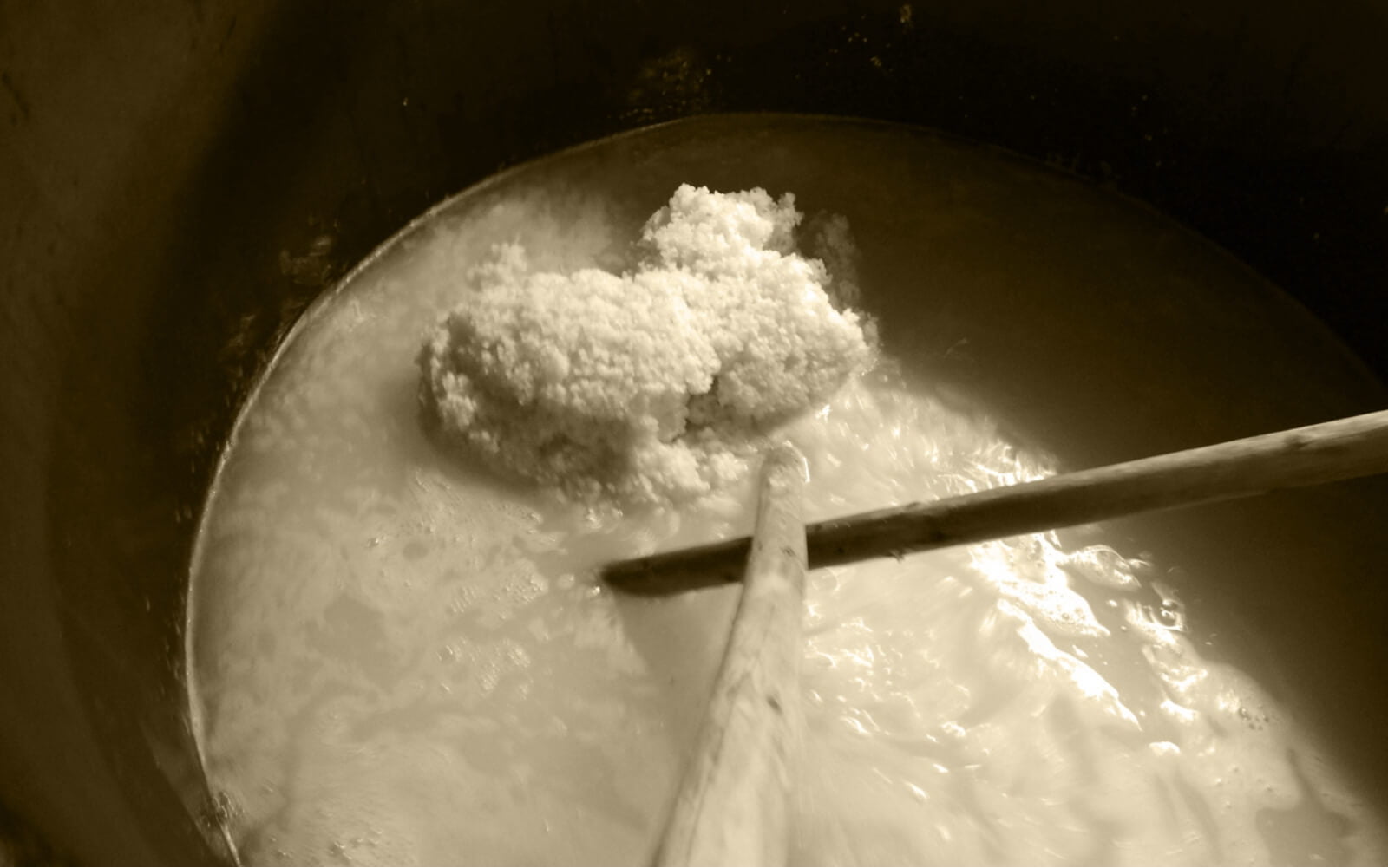
―So your brewing technique is both traditional and connected with nature. Why choose this path, though?
Matsumoto: Numerically speaking there’s no difference in the size of the yeast populations made with sokujo versus those made with kimoto, but here’s the interesting thing: if you take the same yeast, the same rice, take the same basic components to brew with, with the fermentation starter being the only point of difference, for some reason yeast raised using kimoto are more energetic, presumably due to the different conditions in which each is raised. It’s true that the modern sokujo technique is less labour intensive, but yeast raised in a two week-long sokujo starter will behave differently in the main fermentation from yeast raised in a month-long kimoto starter.
―So there’s no numerical explanation for this, but kimoto-raised yeast are unmistakably stronger?
Matsumoto: One view is that, while the fermentation starter is being made, the byproducts of the metabolism of microbes present in the starter are being released and this provides some kind of extra nutrition for the yeast. Another view is that, as the yeast multiply through cell division, the difference in environment in which this process takes place ensures that only the stronger yeast survive. We can’t judge the strength of yeast by looking at them through a microscope, and I wouldn’t want to make any absolute statements one way or the other without the evidence to back it up, but within the sake industry it’s often said to be the case that kimoto-raised yeast are stronger.
When we set out to make this sake, our thought was, “if we took pure water and naturally raised rice grown in clean air, and used classic and orthodox techniques that are in touch with nature to brew the sake, we should be able to brew a good sake right?”.
In the wine world there’s the category of “natural wine”, and the principles are the same. Wines made that way might not be the most gorgeous and showy, but there’s something relaxing about them. Even if you drink a lot, somehow you don’t seem to end up regretting it the next day. My thought was, “If I’m going to be running a sake brewery, why not try making sake in the same kind of way?”. That’s where this all started. I also thought of it as a way of getting people who love wine interested in sake too.
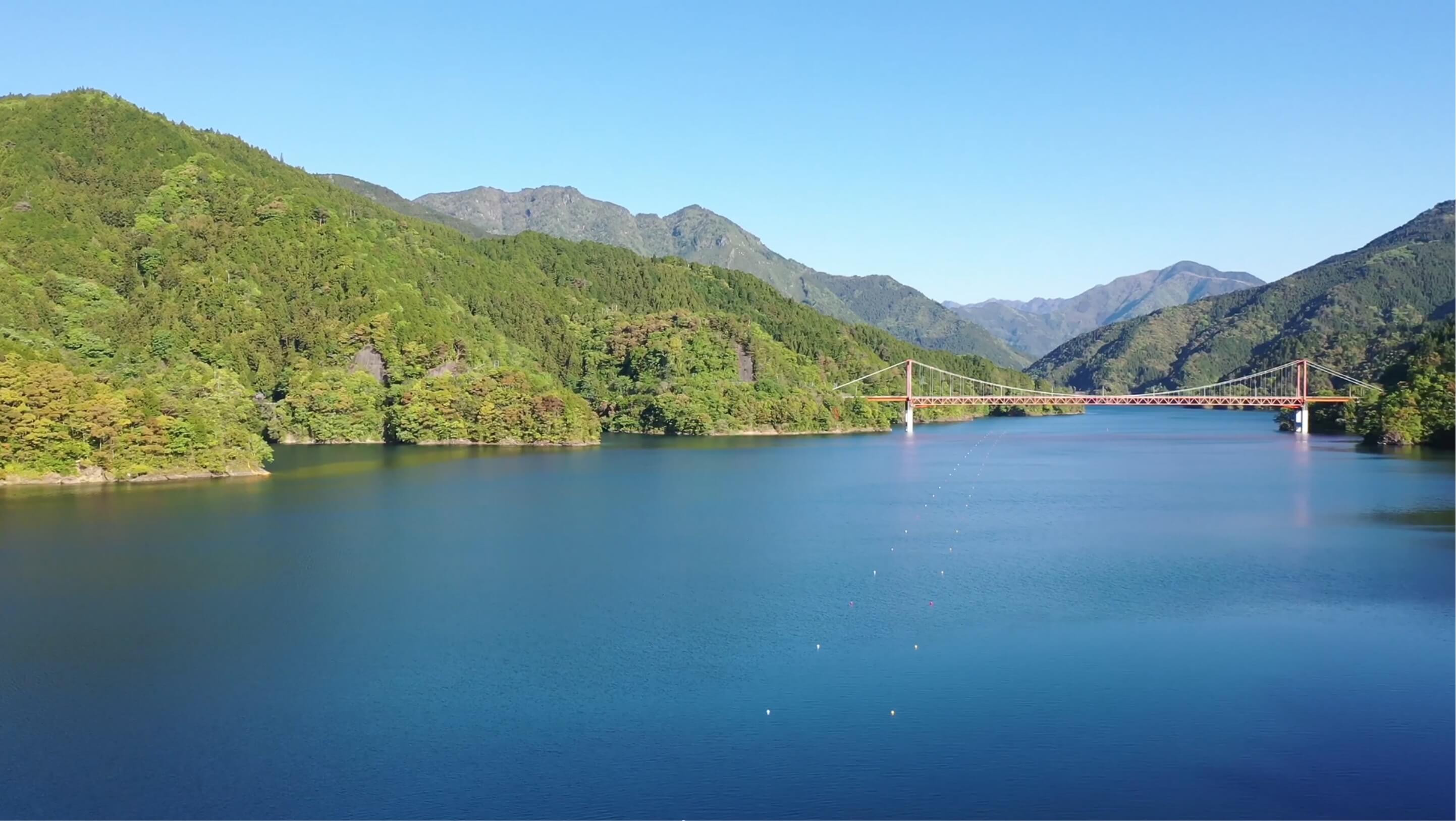
―Speaking of wine, is there an equivalent of “terroir” for sake too?
Matsumoto: There’s no doubt that sake has an element of nature incorporated into it. That said, there’s also the human instinct to take things from nature and use them to make something in their desired image. For our brewery, the natural components that are most important to us are the terraced rice paddies where our rice is grown, and our source of soft water. 147 years ago, when my grandfather’s grandfather’s father started the brewery, he chose those as his natural resources and said, “I want to make sake with these.” This was a time before electricity, and back then there wasn’t many pastimes to come by. Looking around him, he thought, “wouldn’t it be fun to make sake from all of this rice?” He learned by imitation, poured all his energy into studying and through a never-ending process of trial and error – figuring out when to press, getting the fermentation temperature just right, working what cultivation techniques yielded the best rice – he was able to make something he could drink himself and say without hesitation tasted good, and that would make the people around him involved in making the sake happy too. That’s where our sake’s regionality and its culture come from. Amegaeri is born from the mountains of Tosa. It’s not a seaside sake made in a fishing village, which many people imagine when they think of Kochi Prefecture. It’s a sake that pairs well with foods that can be gathered in the same mountains it comes from itself.
―When people think of sake from Tosa, there’s a tendency to think it’s from the seaside, right.
Matsumoto: As much as I love seafood too, at the end of the day, I’m a mountain boy. I was born in the mountains and my culinary tastes and preferences are shaped by that. We can talk about Kansai cuisine or Kanto cuisine and what defines them, but for most people, the things they grew up eating determine what they love the most. Maybe it goes beyond some people’s definitions, but I think that’s also part of regionality, a part of terroir.
When a winemaker talks about terroir, what they really want to say is, “isn’t our hometown’s wine awesome?”. They might give an intelligent and logical explanation of how the soils and climate influence its flavours, but these come second, they’re searched for after the fact to give a reasoned justification for that feeling of hometown pride.
For me, there are a lot of things I might pick as justifications, but at the end of the day, what motivates me is that I believe that the sake we make, made from ingredients that are taken from the community we grew up in, tastes good, so good I want other people to drink it.
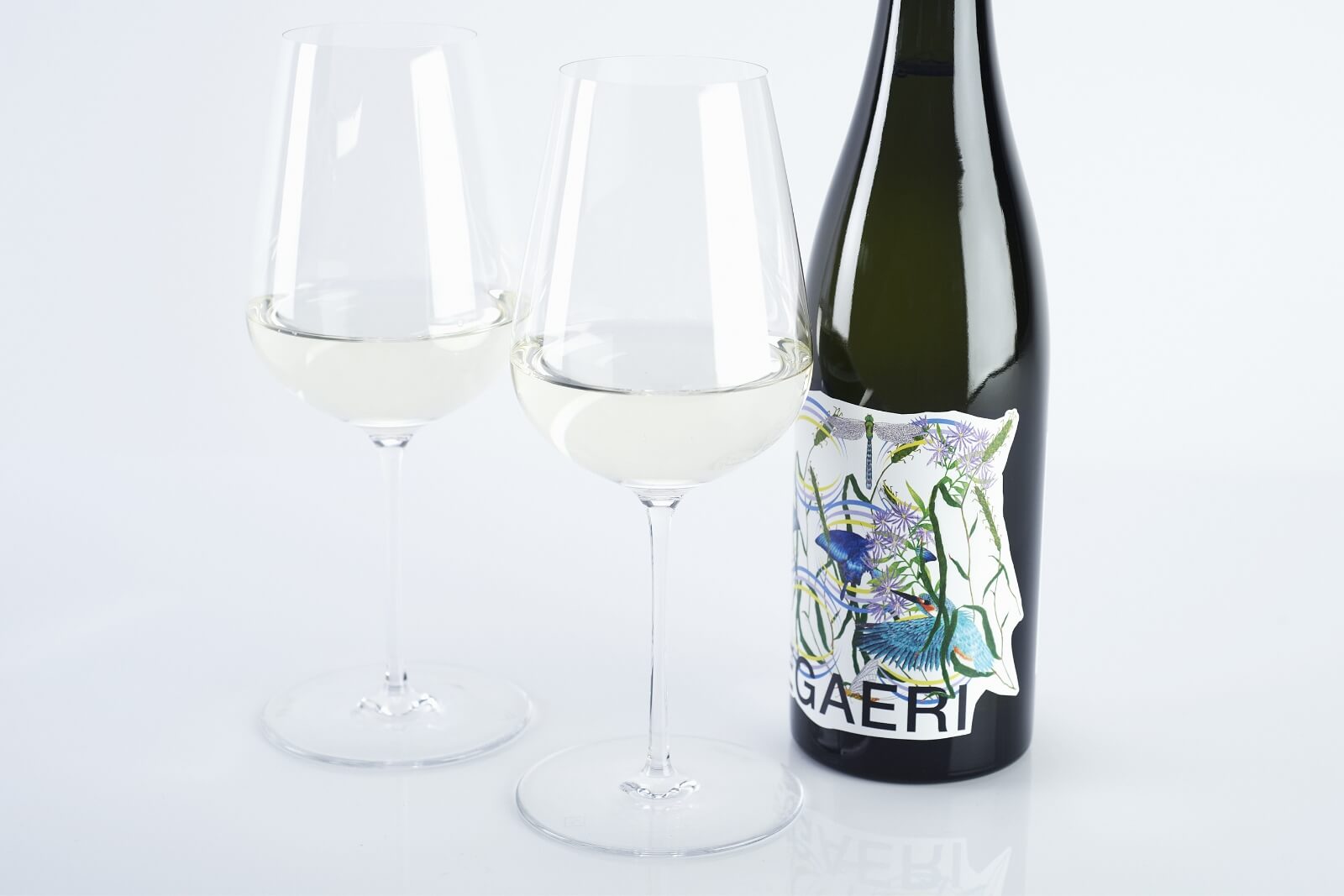
―Amegaeri is a sake that has a strong connection to its natural surroundings – usually that would make me picture a sake that is quite light, but there’s a lot more power to Amegaeri, isn’t there. I feel quite invigorated when I drink it.
Matsumoto: I don’t know why, but this type of sake tends to hold very well in bottle. Ideal for ageing, you could say. On the other hand, freshly bottled it feels very excitable – a bit of a wild child. Sometimes these kinds of sake improve after being open for a day. I’d recommend trying to age this one in bottle too.
―I like that you said “I don’t know why” – it adds a little mystique.
Matsumoto: People look at the numbers and draw a lot of different conclusions, but no one’s managed to settle the matter once and for all. As humans we’re really quite interesting – we’ll buy an expensive piece of sophisticated equipment that can measure the aroma compounds in a sake to a specific number, look at the results and say, “this number for this aroma compound is pretty high!”, but that information would have been just as clear if we had just tasted the sake directly. In fact, we can often detect things that machines are incapable of measuring. For example, Amegaeri’s alcohol content is 16%. Most sake is at around 15%, so this is a little higher than average. With sake brewing, if the alcohol is higher than the brewer wants it to be, they can add water and bring it down, and when we were working on this sake we actually tried adjusting the alcohol content. In the end though, the undiluted 16% content sake tasted best. Just like how a cask strength, 55% alcohol whisky smarts less than one that’s just had water added to it and is diluted down to 40%, a sake of 16.5% or 17% that has had water added to dilute it needs time to settle otherwise it feels more intense on the palate. It’s really quite strange. One might think that “stronger means more intense” but it’s not that simple. And we as humans can detect that!
Anyway, I’ve talked a lot but what I really want to say is that I love this sake. I drink it almost every day – and my body is as healthy as ever! Sake like this has its own power – even with a higher alcohol content, you can drink it effortlessly. I can puff my chest out and say “this is good sake!” with pride, and I can also talk about the benefits of making it with kimoto, but based on what we’ve just talked about, rather than getting any more detailed, I think it’s better to say, “try drinking it and feel it yourself.” (laughs)
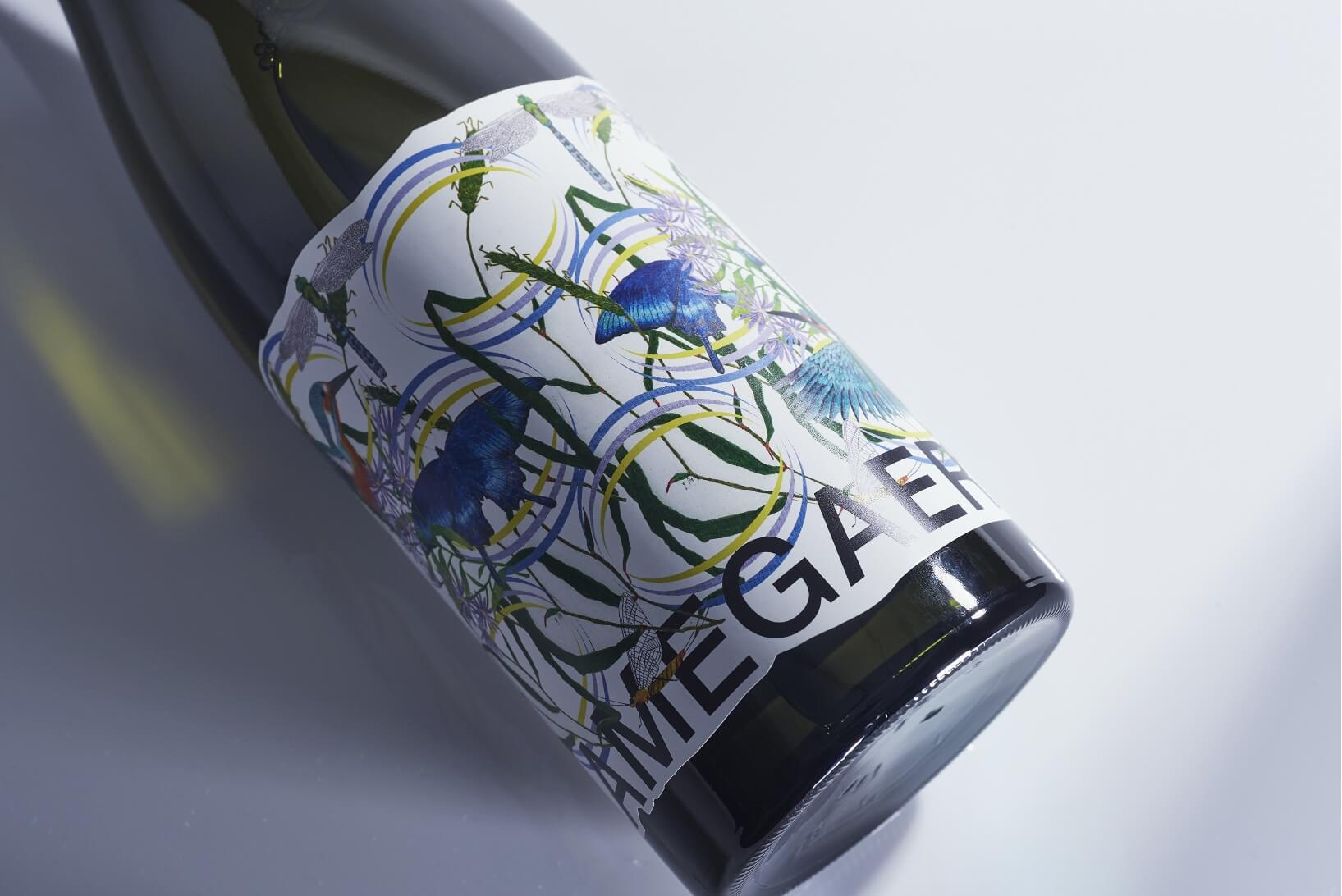
Using the exemplary soft water and rice from the terraced paddies of Tosa, made using traditional brewing techniques, no time or expense is spared in making Amegaeri.
When you experience its powerful flavours, born of a collaboration between nature and humans, you will feel as if you’ve been transported to Tosa itself.
It’s this kind of experience that can make drinking sake so special.
When you taste it, try to picture in your mind the place it comes from.
If it captures your interest, why not pay a visit to Tosa itself.
Knowing the background behind the bottle always makes things more interesting. We hope you’ve enjoyed Amegaeri’s story.
- Home
- AMEGAERI